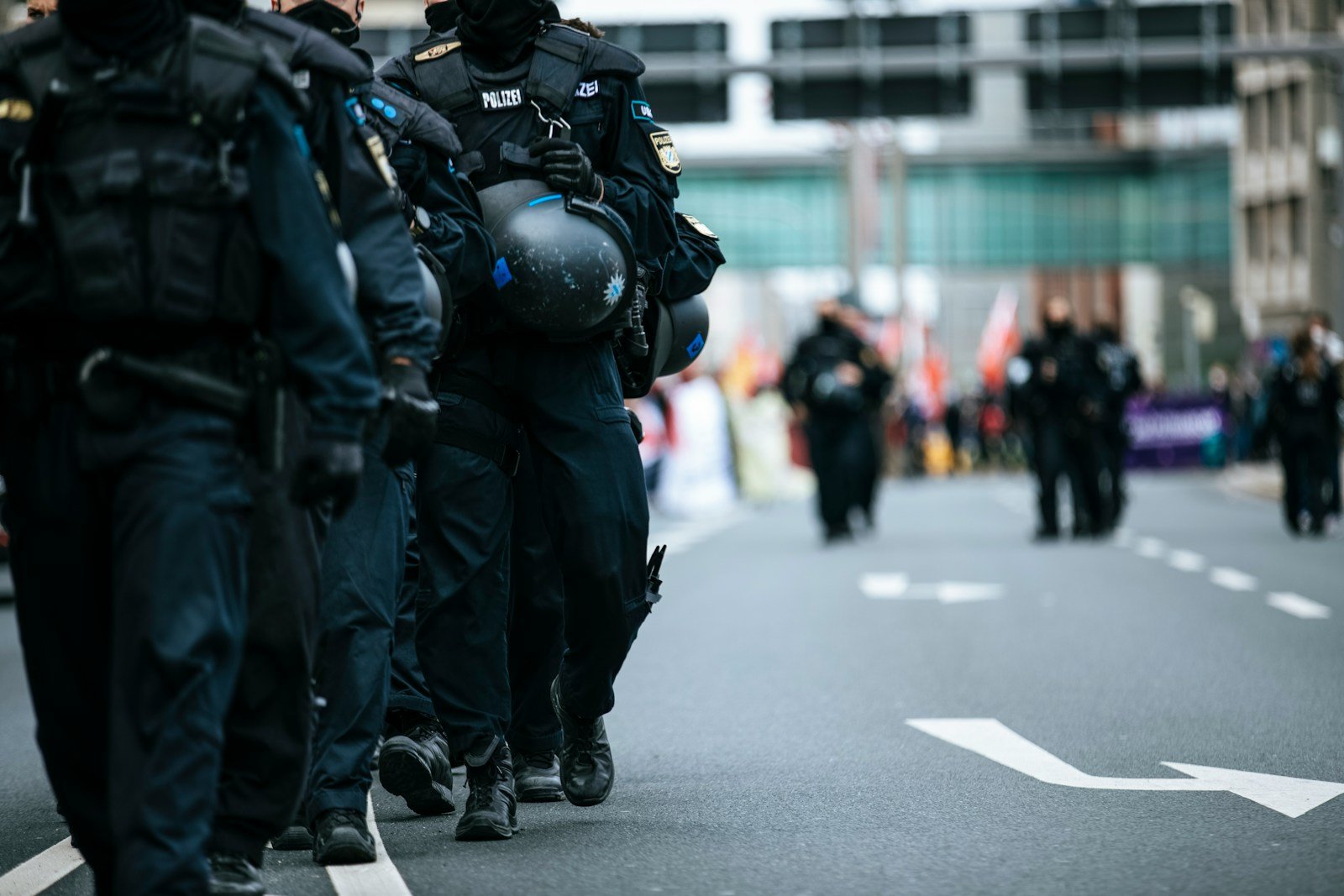Effective disaster preparedness requires a comprehensive approach that encompasses various key components.
Firstly, conducting risk assessments to identify potential hazards and vulnerabilities in a particular area is crucial. This involves evaluating potential risks such as natural disasters, technological hazards, and human-induced threats, in order to develop appropriate strategies for mitigation and response.
Secondly, developing emergency response plans that outline clear procedures for different types of disasters is essential. These plans should include measures for evacuation, sheltering, communication with the public, and coordination with emergency response agencies. Regular drills and exercises to test the effectiveness of these plans are also important to ensure readiness in the event of a disaster.
Community Engagement and Collaboration
Effective disaster preparedness requires the active participation and collaboration of various stakeholders within the community. When individuals, local organizations, and government agencies come together to share resources, knowledge, and expertise, the community becomes better equipped to respond to and recover from disasters. By fostering strong partnerships and engaging community members in the planning process, a sense of collective responsibility and resilience is instilled.
Collaboration among community members also helps in identifying vulnerabilities and developing strategies to mitigate risks effectively. Through ongoing dialogue and cooperation, communities can harness the diverse skills and insights of its members to develop comprehensive disaster response plans. Building trust and relationships within the community not only enhances communication during emergencies but also fosters a supportive network that can withstand the challenges posed by disasters.
Risk Assessment and Planning
Risk assessment is a fundamental step in the disaster preparedness process. It entails identifying potential hazards, evaluating their likelihood and potential impact, and determining the vulnerabilities of the community or infrastructure in question. Through comprehensive risk assessment, emergency managers can prioritize resources and develop effective mitigation strategies to reduce the impact of disasters.
Planning is equally crucial in ensuring a proactive response to potential disasters. It involves creating detailed procedures, protocols, and guidelines that outline roles and responsibilities, communication strategies, evacuation plans, and resource allocation frameworks. Effective planning not only streamlines response efforts but also ensures a coordinated and efficient approach in times of crisis.
Communication Strategies
Clear and effective communication is a vital component of any disaster preparedness plan. It is crucial to establish organized channels of communication to ensure timely dissemination of information to all stakeholders involved in emergency response efforts. Utilizing various platforms such as social media, emergency alert systems, and traditional media outlets can help reach a wide audience and provide critical updates during a crisis. Additionally, establishing a chain of command for communication within organizations and emergency response teams can help streamline decision-making processes and ensure that accurate information is shared promptly.
Incorporating language and cultural considerations into communication strategies is also essential for effectively reaching diverse populations during emergencies. Providing information in multiple languages and utilizing culturally appropriate communication methods can help ensure that all members of the community receive necessary guidance and support during a disaster. Collaborating with community leaders, local organizations, and cultural liaisons can help bridge communication gaps and foster trust between emergency responders and affected communities, ultimately enhancing the overall effectiveness of disaster preparedness and response efforts.
Resource Mobilization
Effective disaster response and recovery efforts heavily rely on the availability of resources to address the immediate needs of affected communities. Mobilizing resources in a timely and efficient manner is crucial to ensuring a comprehensive and coordinated response to disasters. This involves leveraging financial, material, human, and technological resources from various sectors to support relief operations and post-disaster recovery initiatives. Successful resource mobilization requires proactive engagement with government agencies, non-profit organizations, private sector partners, and local communities to pool together the necessary resources and expertise to address the multifaceted challenges posed by disasters.
Raising awareness about the importance of resource mobilization within the community is essential to promote solidarity and garner support for disaster response efforts. Engaging in strategic fundraising campaigns, leveraging social media platforms, and collaborating with key stakeholders can help mobilize financial donations, in-kind contributions, and volunteer support. Additionally, establishing partnerships with corporate sponsors, philanthropic organizations, and international donors can facilitate access to additional resources and expertise to enhance the effectiveness of disaster relief and recovery operations. By fostering a culture of preparedness and mutual support, communities can build resilience and ensure that adequate resources are available to mitigate the impact of disasters and facilitate swift recovery and rebuilding efforts.

Training and Education Initiatives
Effective training and education initiatives are critical components of disaster preparedness that equip individuals and communities with the knowledge and skills needed to respond efficiently and effectively in times of crisis. Training programs should be comprehensive, covering a range of scenarios and addressing various aspects of disaster management from response to recovery. These initiatives play a crucial role in building resilience and increasing the capacity of individuals and organizations to handle emergencies.
Education is also a key element of disaster preparedness, ensuring that community members are well-informed about potential risks and how to mitigate them. Public education campaigns can foster a culture of preparedness and empower individuals to take proactive steps to safeguard themselves and their communities in the face of disasters. By investing in ongoing education and training, stakeholders can strengthen their ability to anticipate, respond to, and recover from emergencies effectively.
Infrastructure Resilience
Considering the vital role that infrastructure plays in disaster preparedness and response, it is imperative to prioritize resilience in all aspects of infrastructure development. Resilient infrastructure can withstand and recover from the impact of disasters, ensuring the continuity of essential services and minimizing disruption to communities. This includes fortifying critical facilities, ensuring robust communication and transportation networks, and implementing innovative design techniques to enhance structural integrity.
Investing in infrastructure resilience not only safeguards against the immediate impact of disasters but also promotes long-term sustainability and growth. By incorporating resilience measures into infrastructure planning and development, communities can mitigate risks, reduce vulnerabilities, and enhance overall disaster preparedness. Additionally, resilient infrastructure can contribute to economic stability and social well-being by fostering a sense of security and confidence among residents, businesses, and stakeholders.
Social Support Systems
Social support systems play a crucial role in disaster preparedness and response efforts. These systems encompass various networks, organizations, and resources that offer emotional, psychological, and practical assistance to individuals and communities during and after a disaster. With a strong social support network in place, individuals are better equipped to cope with the challenges and traumas brought about by emergencies.
In times of crisis, social support systems provide a sense of belonging, unity, and solidarity that are essential for resilience and recovery. Through mutual aid, peer support, and community outreach programs, individuals can access the help and resources they need to navigate the aftermath of a disaster. Additionally, social support systems foster trust, cooperation, and cohesion within communities, laying a foundation for collective action and mutual assistance during emergencies.
Psychological and Emotional Well-being
In times of disaster, the impact on psychological and emotional well-being cannot be overlooked. The immense stress and trauma experienced can have long-lasting effects on individuals and communities. It is essential to provide support systems that address the emotional needs of those affected, offering counseling, therapy, and other forms of mental health assistance to promote resilience and healing.
Moreover, fostering a sense of community and social support is crucial for promoting psychological well-being in the aftermath of a disaster. Encouraging solidarity, empathy, and mutual aid can help individuals feel connected and less isolated during difficult times. By building strong support networks and promoting open communication, communities can better navigate the emotional challenges that arise after a disaster.
Post-Disaster Recovery Efforts
After a disaster strikes, the focus shifts to the crucial phase of recovery efforts. It is imperative to have a clear and structured plan in place to facilitate the rebuilding process effectively. This involves assessing the damages incurred, identifying priority areas for restoration, and mobilizing resources efficiently to support the affected communities.
Engaging in post-disaster recovery efforts requires coordinated collaboration among various stakeholders, including government agencies, non-profit organizations, and community members. By working together harmoniously, resources can be pooled, expertise shared, and efforts streamlined towards achieving sustainable recovery and resilience. Effective communication strategies play a vital role in ensuring that all parties involved are informed, engaged, and aligned in their actions towards rebuilding and revitalizing the affected areas.




